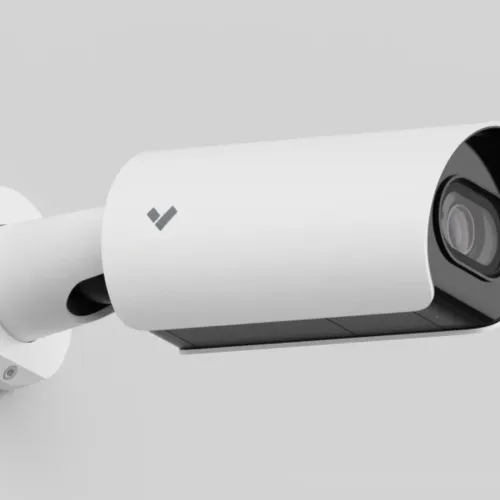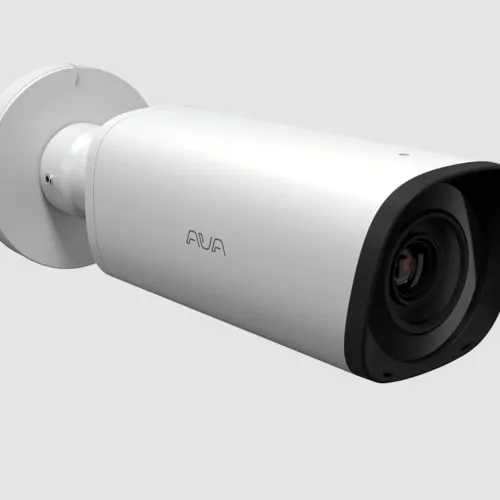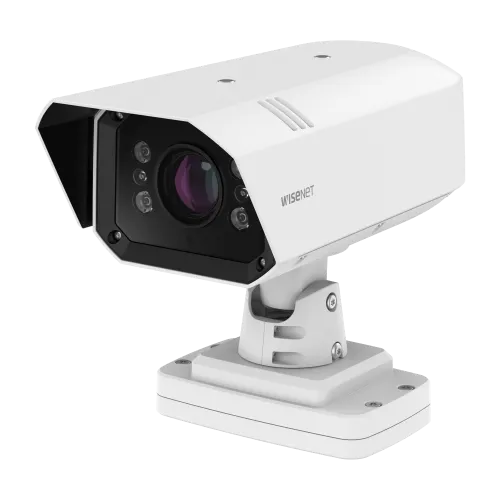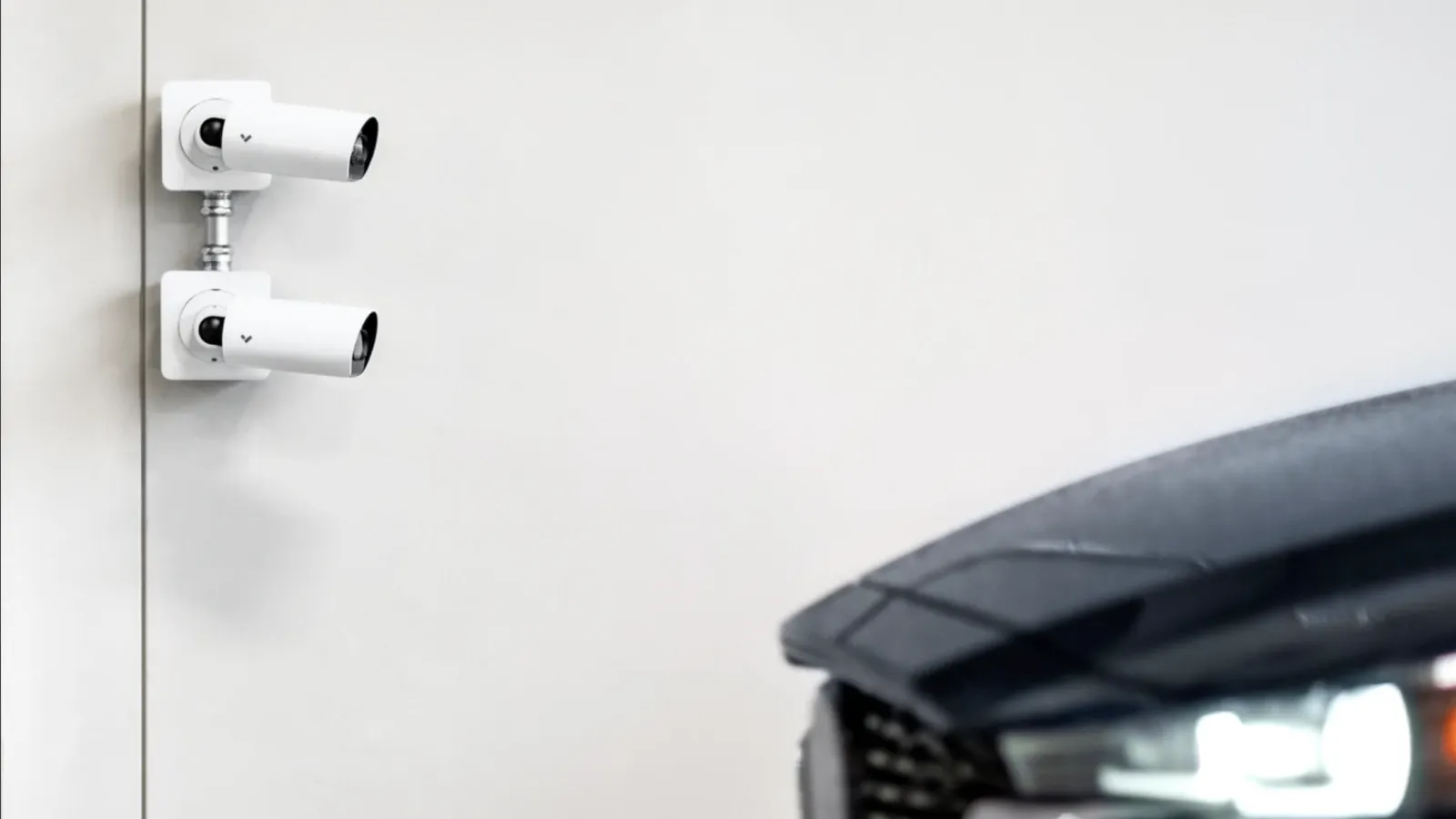
License Plate Recognition Camera Installation
Elevate Security and Surveillance with Advanced License Plate Recognition Technology.
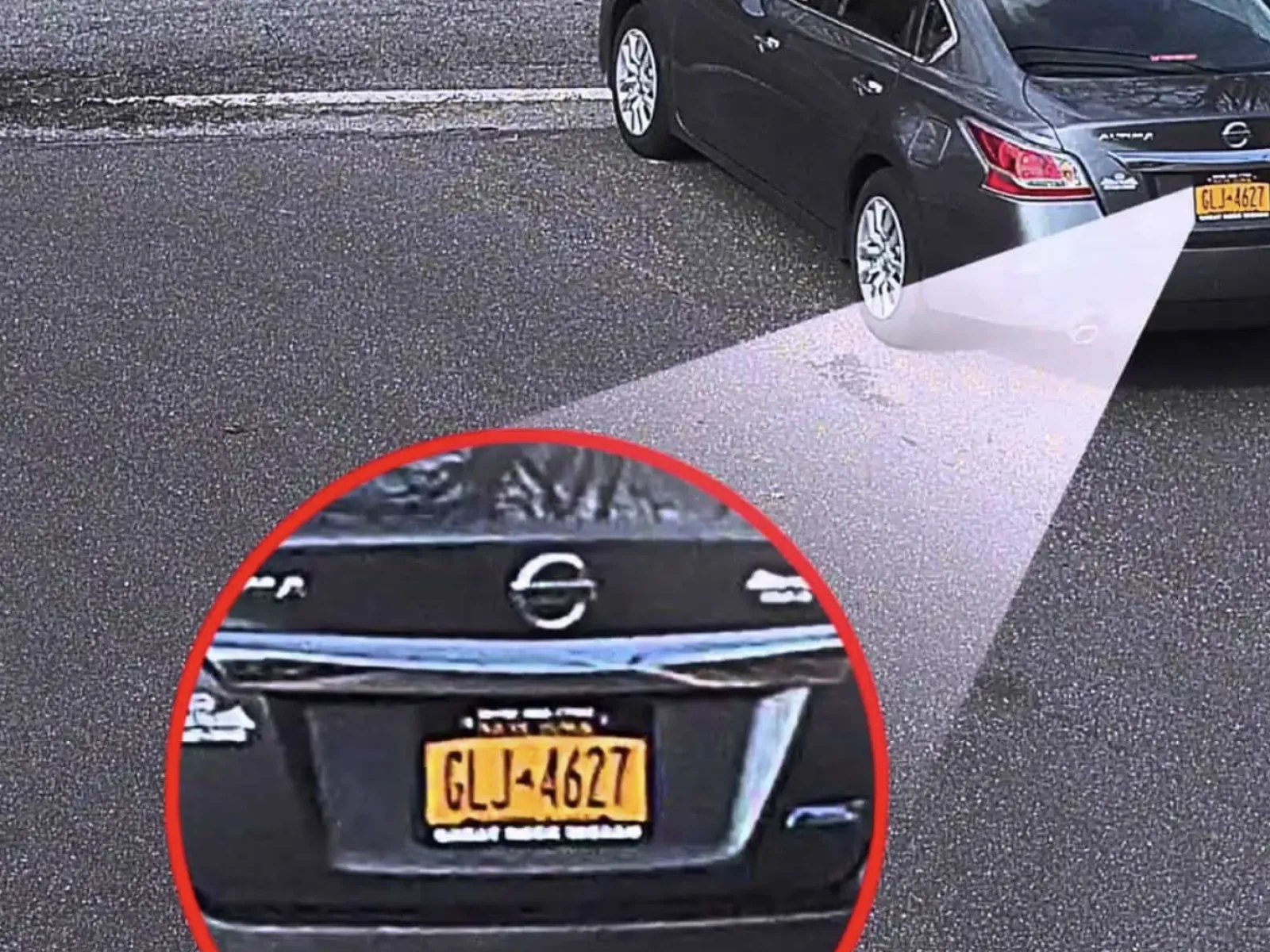
What Are License Plate Recognition Cameras?
License Plate Recognition (LPR) cameras automatically capture and identify license plate information. Using advanced optical character recognition (OCR), they read and record license plate numbers accurately. LPR cameras are used for security, parking management, and law enforcement, among other applications.
Enhanced Security
LPR cameras boost security by real-time monitoring, instantly flagging suspicious vehicles for rapid response.
Efficient Parking Management
Automated entry/exit streamlines parking, optimizing space and enhancing the parking experience.
Law Enforcement Assistance
LPR identifies vehicles of interest, aiding investigations and proactive law enforcement.
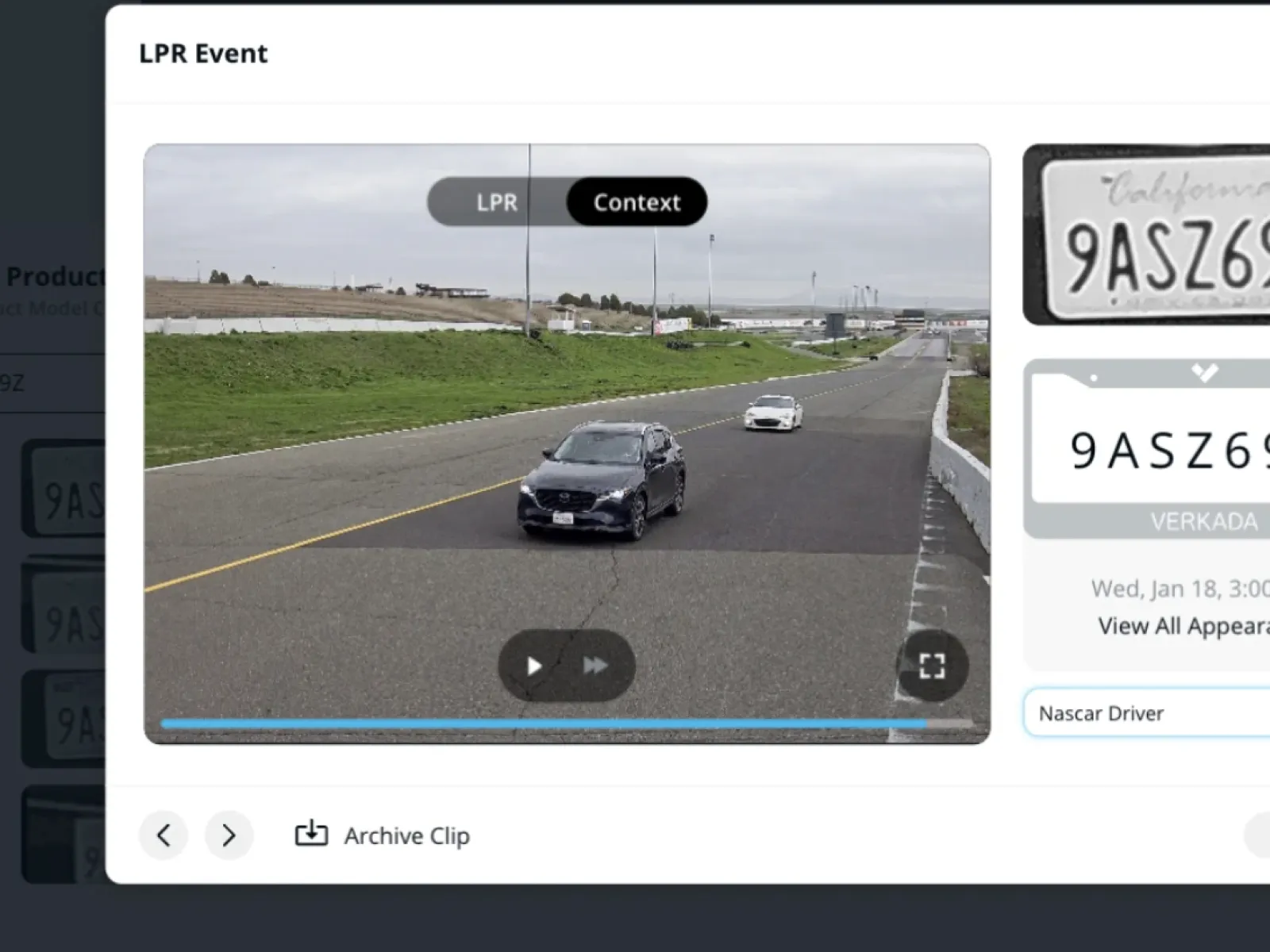
Real-Time Blacklist Management and Alerts
License Plate Recognition (LPR) cameras empower security teams to maintain real-time control over access to secure premises. By creating blacklists of unauthorized or suspicious license plates, organizations can trigger immediate alerts and notifications when these plates are detected. This proactive approach enhances security by promptly identifying potential threats and enabling swift response measures.

Advanced Investigative Capabilities
LPR cameras offer advanced investigative capabilities by providing comprehensive data on vehicle movements and access patterns. Security teams can leverage this data to conduct in-depth investigations into security incidents or suspicious activities. The detailed information, including timestamps and vehicle details, aids law enforcement and security personnel in identifying individuals involved in incidents, tracking vehicle routes, and enhancing overall security.
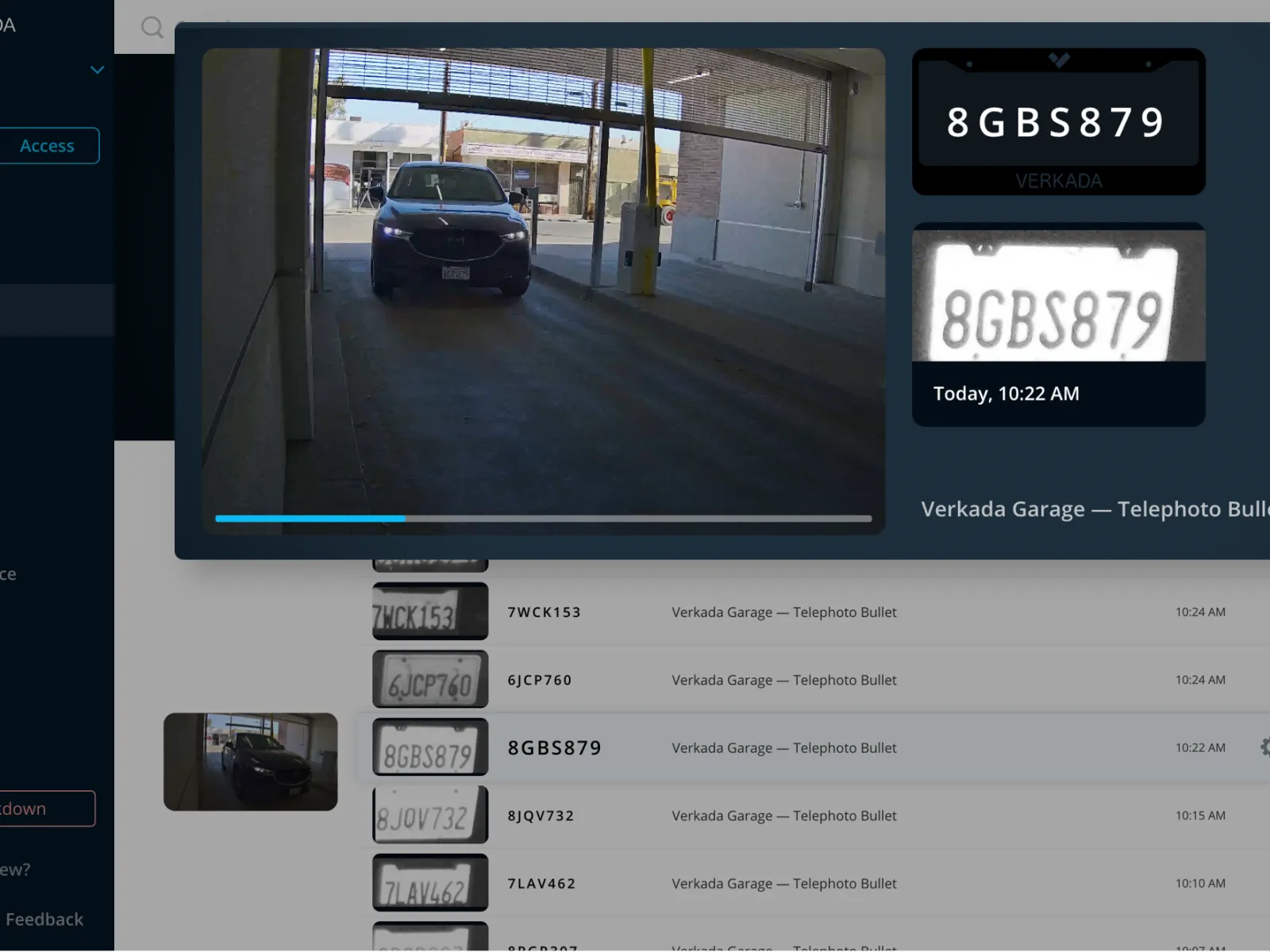
Streamlined Parking Management
LPR cameras are invaluable tools for parking facilities and businesses managing parking spaces. They automate the tracking of vehicles, manage parking space availability, and optimize parking usage. This streamlines operations, reduces congestion, and enhances the overall parking experience for customers and employees.
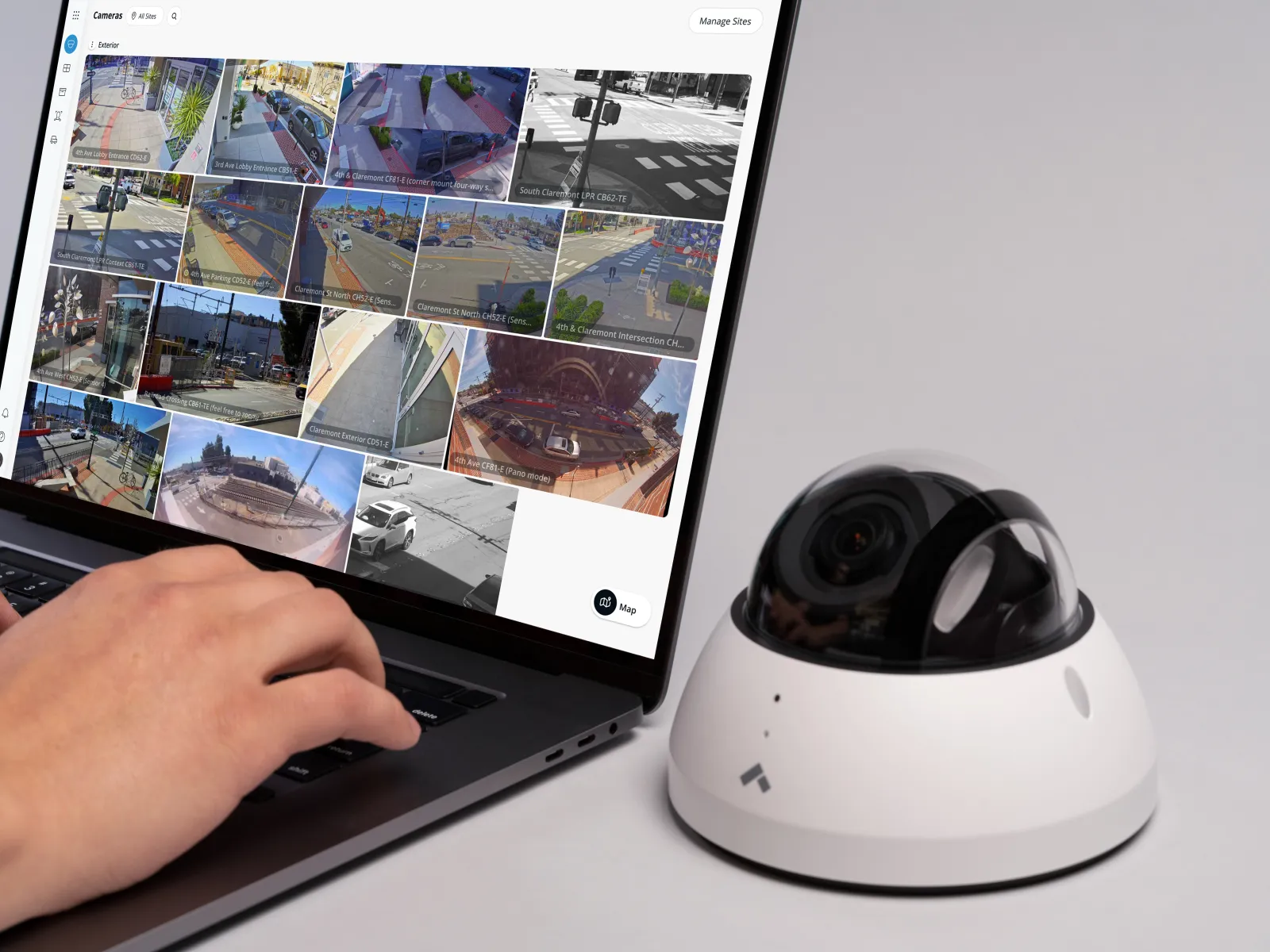
Enhanced Security and Access Control
License Plate Recognition (LPR) cameras provide a robust security solution by automating access control. These cameras efficiently identify and grant access to authorized vehicles while alerting security personnel to unauthorized ones. This feature enhances site security by minimizing unauthorized entries and exits.
License Plate Recognition (LPR) vs. Non-LPR Cameras
Explore the advantages of License Plate Recognition (LPR) cameras compared to cameras without LPR capabilities.
Cameras with LPR
-
Automated Vehicle Identification: LPR cameras automatically capture and identify license plate information, enhancing security by allowing or denying access based on authorized plates.
-
Efficient Access Control: Streamline entry and exit processes with LPR cameras, reducing wait times and optimizing traffic flow at gated facilities.
-
Enhanced Security: LPR cameras enable real-time alerts for unauthorized vehicles, improving security response times and deterring potential threats.
-
Detailed Records: Maintain comprehensive records of vehicle activity, assisting investigations, audits, and compliance reporting.
-
Customizable Alerts: Customize alerts based on specific criteria, such as blacklists, whitelists, and access permissions, ensuring precise security management.
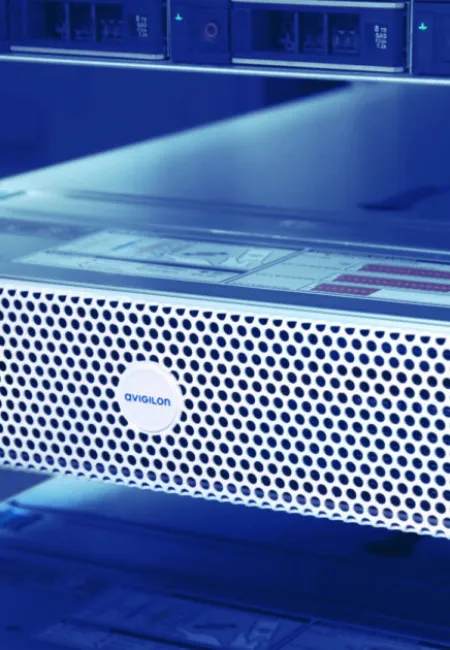
Non LPR Cameras
-
Manual Monitoring: Non-LPR cameras rely on manual monitoring and analysis for vehicle identification.
-
Reduced Security Automation: Security response times may be slower due to the absence of automated alerts for unauthorized vehicles.
-
Limited Investigation Support: Non-LPR cameras provide less detailed vehicle data, potentially limiting investigative capabilities.
-
Customization Challenges: Tailoring non-LPR cameras for specific security needs may require additional resources and setup.
-
Standard Camera Limitations: Non LPR cameras are not built to capture a clear image of a license plate, and does not have the ability to store this info.
Frequently Asked Questions (FAQs) about Our License Plate Recognition (LPR) Cameras
Q What is License Plate Recognition (LPR)?
License Plate Recognition (LPR), also known as Automatic License Plate Recognition (ALPR), is a technology that uses cameras and software to automatically capture, read, and store license plate information from vehicles. It can be used for various applications, including access control, parking management, and security.
Q How does LPR work?
LPR cameras capture images of license plates using optical character recognition (OCR) technology. These images are processed by software that extracts and interprets the characters on the plate. The system then stores the license plate data and can trigger actions like opening gates or sending alerts based on predefined criteria.
Q What are the benefits of using LPR cameras?
LPR cameras offer several advantages, including enhanced security through automated access control, improved traffic management, efficient monitoring of parking facilities, and the ability to maintain detailed records of vehicle activities for investigations and compliance.
Q Are there privacy concerns associated with LPR technology?
Yes, there can be privacy concerns with LPR technology, as it involves the collection and storage of license plate data. To address these concerns, it's essential to implement data protection measures, comply with relevant privacy regulations, and have clear policies on data retention and usage.
Q Can LPR cameras integrate with other security systems?
Yes, LPR cameras can integrate with other security systems, such as access control, video surveillance, and alarm systems. This integration enhances overall security and allows for a coordinated response to security events.
Q What are the potential challenges of using LPR cameras?
Challenges can include the cost of implementing LPR systems, potential false readings due to environmental factors, and the need for ongoing maintenance. Additionally, organizations must address privacy concerns and data security when using LPR technology.
